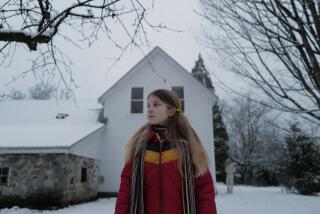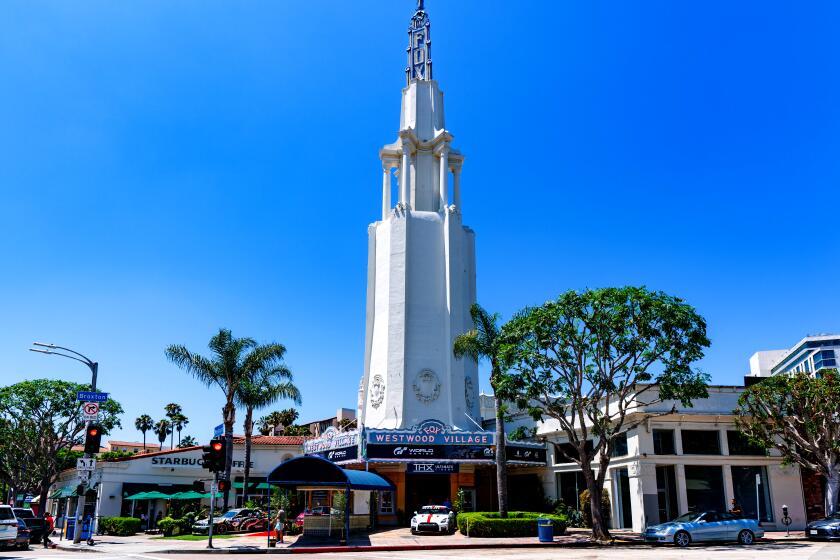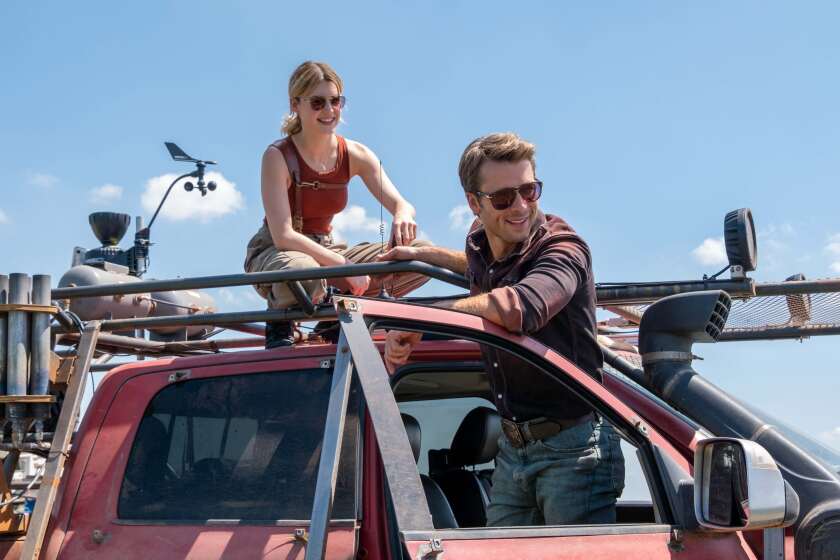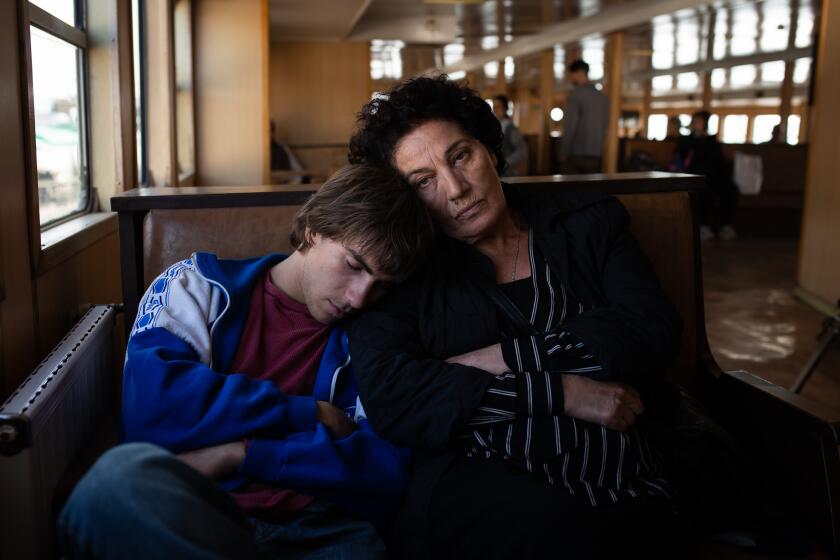It’s All in the Details
Roger Pratt, “The End of the Affair” * London was a dark place during and after the war, and that gave the filmmakers their cue.
*
The shimmering rain-slicked streets of wartime London are the backdrop for “The End of the Affair,” Neil Jordan’s adaptation of Graham Greene’s novel of love and deception. While the ghostly surroundings provide an ideal setting for the tale of tortured lovers Julianne Moore and Ralph Fiennes, director of photography Roger Pratt says it wasn’t quite as lovely on the set.
“Rain is pain,” he says. “It’s just uncomfortable at 4 o’clock in the morning.”
The Oscar-nominated Pratt endured all-night shoots and dreary rainstorms in London’s Key Gardens and Kensal Green Cemetery as part of an effort to re-create the dim, chilly atmosphere described so eloquently in Greene’s autobiographical novel. “I was born in 1947, so I didn’t experience the real thing,” he says. “But I know the feel of postwar Britain. It’s one lightbulb in the middle of the room and no heating.”
Pratt, who has previously worked with British countrymen Richard Attenborough on “Shadowlands” and Terry Gilliam on “Brazil,” “The Fisher King” and “Twelve Monkeys,” says his collaboration with Neil Jordan on “The End of the Affair” began by looking at period photographs of the city. “Neil fixed the look from the photos,” he says. “He felt the film called for a dark style--it’s a religious detective story.”
Even out of the rain inside the upper-crust home of the diplomat played by Stephen Rea or Fiennes’ bohemian flat, Pratt’s photography remains subdued. “London was just a dark place during the war,” he says. “It was black out at night, and there was bombing all day during the Blitz.”
While Jordan and Pratt took inspiration from the era, they didn’t want the film to have a distinct “retro” look. That direction guided production designer Tony Pratt (no relation), whose simple and detailed sets made the cinematographer’s job all the easier. “He is a marvelous designer,” he says. “He made sure that I could photograph his designs. I loved his clever supply of nooks and crannies for lights and lots of floatable walls for camera angles.”
Pratt says the Oscar nomination is tremendously gratifying. “This recognition by my peers is probably better than the statue itself,” he says.
More to Read
Only good movies
Get the Indie Focus newsletter, Mark Olsen's weekly guide to the world of cinema.
You may occasionally receive promotional content from the Los Angeles Times.






